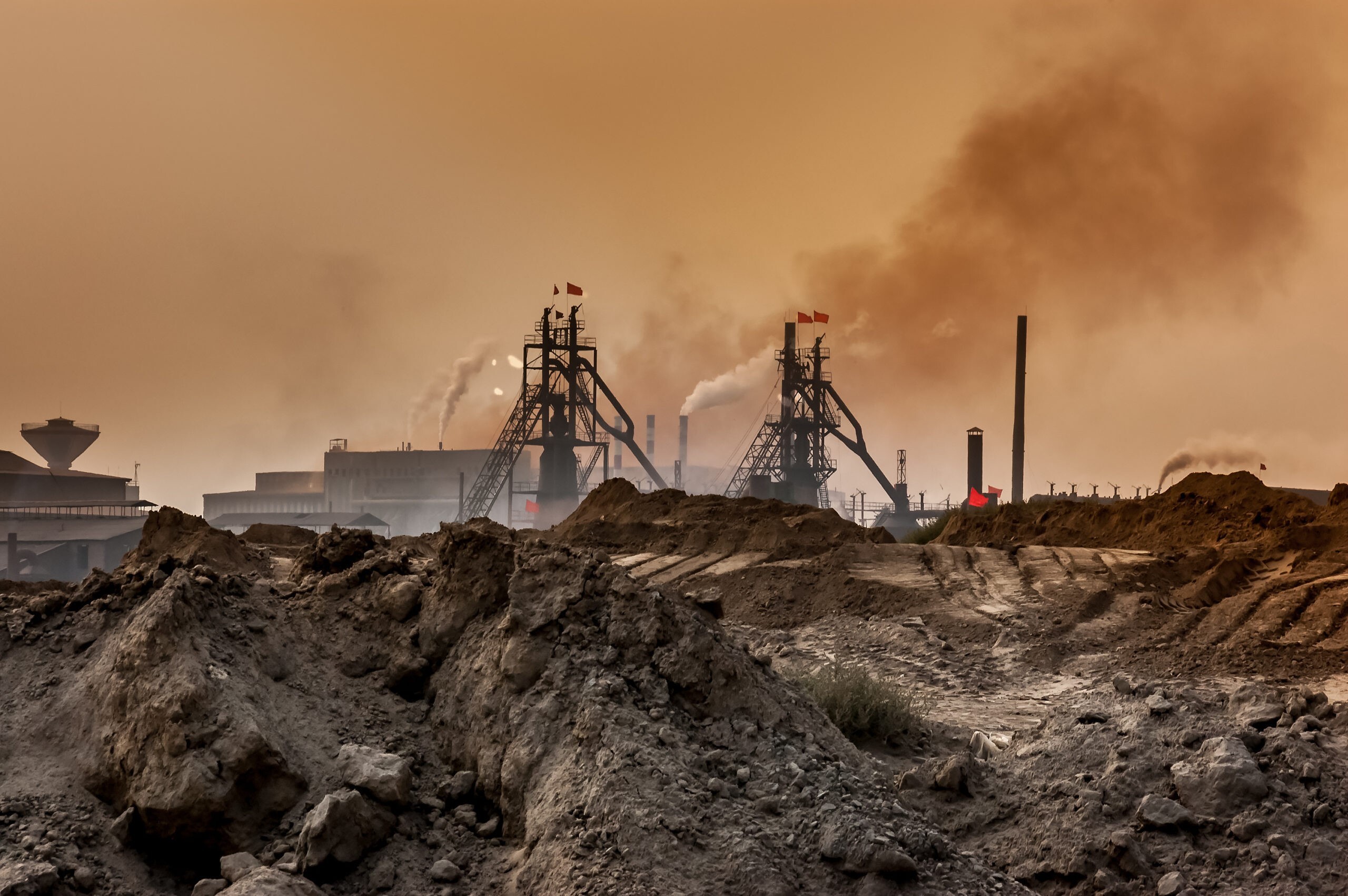

China has imposed a whopping 34 per cent tariff on all imports but that was not all on Friday’s announcement. The country decided to curtail rare earth exports to the US. Now, out of anything and everything, one must be curious about why rare earth took centre stage. The recent actions, perceived by many as retaliatory measures in the escalating trade tensions with the United States, also hint at deeper motivations: a concerted effort by China to reassert its dominance over the global rare earth supply chain, as some reports by Chinese agencies reveal otherwise.
{alcircleadd} Image for referential purposes only
Image for referential purposes only
China’s historical dominance in rare earths
For decades, China has been the linchpin of the global rare earth industry, supplying approximately two-thirds of the world’s REEs. These elements are indispensable in various high-tech applications, including electronics, renewable energy technologies, defence systems, and medical devices. China’s ascendancy in this sector has been attributed not only to its humungous reserves but also to its capacity to process these elements efficiently. However, recent developments suggest that this hegemony is under threat.
North America’s estimated and implied resources of rare earths were 3.6 million tonnes in the US and over 14 million tonnes in Canada. However, still China was the sole exporter of 70 per cent imports of rare-earth blends and metals from 2020 to 2023 to the US, the USGS articulated.
Emerging global competitors
A pivotal study by the Chinese Academy of Sciences (CAS) has projected a significant decline in China’s share of global rare earth production, potentially dropping to 23 per cent by 2040. This anticipated reduction is largely due to the activation of new mining projects in countries such as Australia, South Africa, and Greenland. Notably, Australia’s Mount Weld mine, renowned for its rich neodymium deposits, is expanding its operations to establish U.S.-allied refining networks, aiming to diminish reliance on Chinese processing facilities.
In South America, Brazil’s Serra Verde project is poised to become a significant player in the heavy rare earth market, with projections indicating it could supply approximately 13 per cent of global demand by 2040. These developments underscore a shifting landscape where multiple nations are positioning themselves as viable alternatives to Chinese dominance.
Strategic implications of China’s tariffs and export controls
In this context, China’s recent tariff imposition and export restrictions can be interpreted as strategic moves to counteract the erosion of its market share. By tightening control over REE exports, China not only exerts pressure on the US amidst ongoing trade disputes but also signals its intent to maintain leverage in a market where its dominance is being challenged. These measures serve as a reminder of China’s pivotal role in the rare earth supply chain and its capacity to influence global markets.
Global significance of rare earth elements
The criticality of REEs cannot be overstated. They are foundational to the production of electronic devices such as smartphones, computers, and televisions, where they are integral to components like magnets and display phosphors. In the renewable energy sector, REEs are essential for manufacturing high-performance magnets used in wind turbines and electric vehicle motors. The defence industry relies on these elements for advanced systems, including guided missiles and radar technologies. Furthermore, medical technologies utilise REEs in equipment like MRI machines and X-ray systems.
The US response and strategic initiatives
Recognising the vulnerabilities associated with heavy reliance on Chinese REEs, the United States has been proactively seeking alternative sources and investing in domestic production capabilities. The United States Geological Survey (USGS) reports that significant rare earth deposits exist within the US, notably in states such as California and Texas. Efforts are underway to revitalise domestic mining operations and develop processing facilities to reduce dependence on foreign sources.
Additionally, the US is fostering partnerships with allied nations to establish resilient supply chains. Collaborations with countries like Australia and Brazil aim to diversify the sourcing of REEs and mitigate the risks associated with supply disruptions. For instance, the US has welcomed investments in Brazil’s Serra Verde project, recognising its potential to contribute to a more stable and diversified rare earth market.
Environmental and economic considerations
The extraction and processing of REEs are fraught with environmental challenges, including significant waste generation and potential ecological degradation. China’s historical dominance has been partly due to its willingness to undertake these environmentally taxing processes. As other nations enter the rare earth market, they face the dual challenge of developing efficient extraction technologies while adhering to stringent environmental regulations. Balancing economic ambitions with environmental stewardship will be crucial for these emerging players.
China’s recent tariff and export control measures are not merely retaliatory actions in a protracted trade war but strategic endeavours to maintain its waning grip on the global rare earth supply chain. As new entrants emerge and existing players expand their capacities, the rare earth market is poised for a significant transformation. The coming years will likely witness intensified competition, strategic alliances, and technological innovations aimed at reshaping the dynamics of this critical industry. For China, these measures are simply an attempt to navigate and influence an evolving landscape where its longstanding dominance is increasingly contested.



Responses






